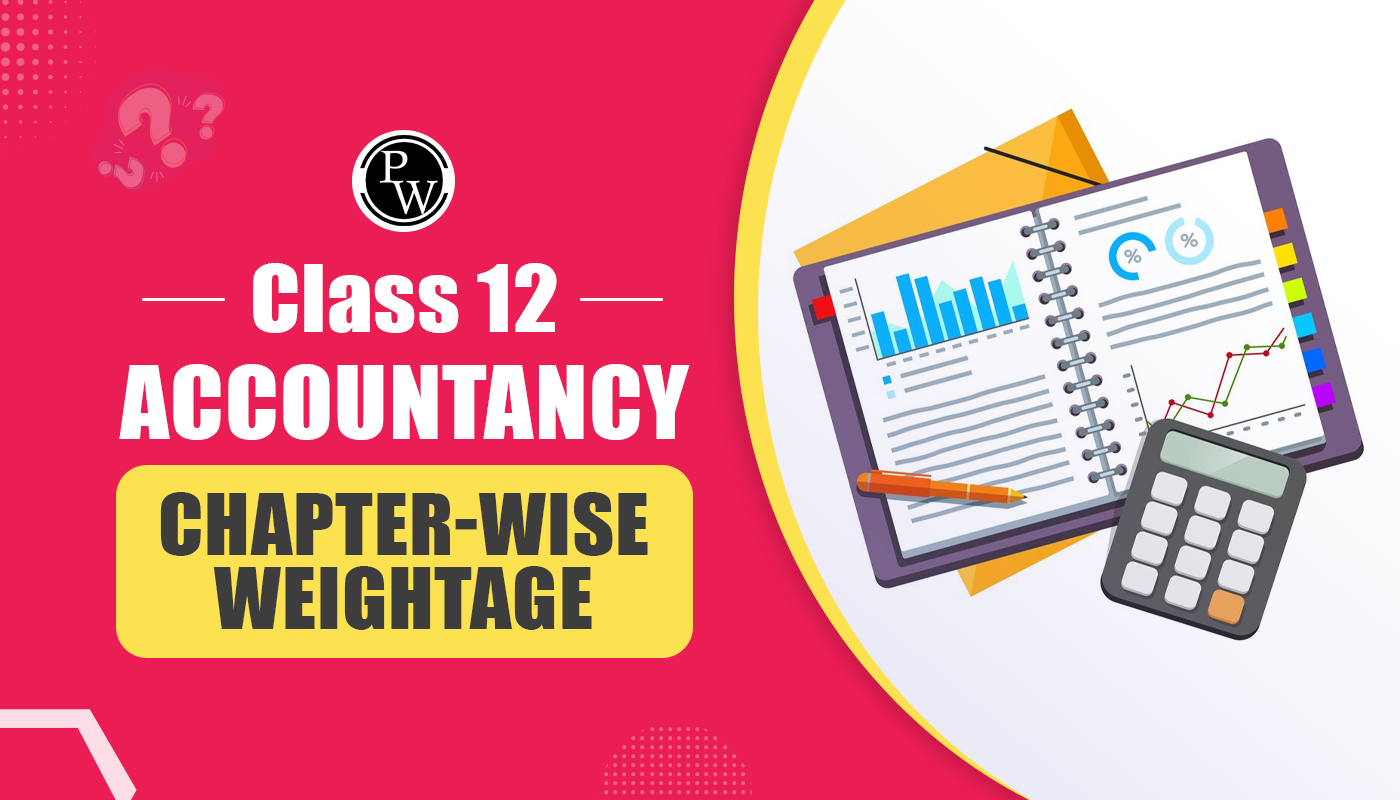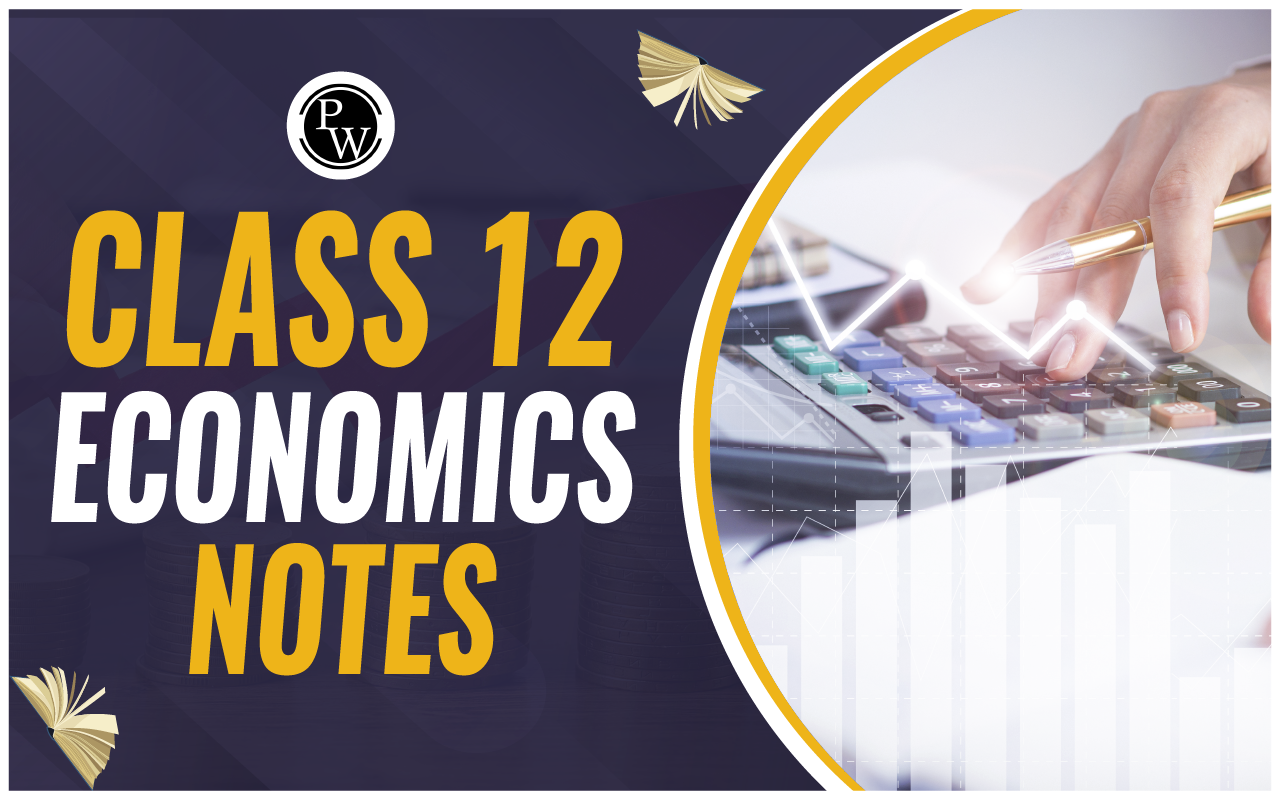
The law of demand is a core concept in economics, establishing that as prices rise, demand typically falls, and vice versa. However, this rule has notable exceptions of law of demand that reveal the complex nature of consumer behavior. In specific scenarios, consumers buy more of a product as its price increases, challenging this fundamental economic principle
In blog will Check these unique cases, known as exceptions of law of demand, and examine the economic, psychological, and social factors that drive them.What is Demand?
In economics, demand refers to the quantity of a product consumers are willing to buy at different prices within a specific period. It’s more than just interest in a product; it’s the willingness and ability to purchase it. This idea forms the basis of market dynamics, where the law of demand influences consumption, supply, and pricing. Yet, in the real world, exceptions of law of demand frequently come into play, making this straightforward relationship more nuanced.What is Law of Demand?
The law of demand is a fundamental economic principle that suggests an inverse relationship between price and quantity demanded: as the price of a good or service goes down, people tend to buy more of it, and as the price goes up, they buy less. For example, consumers typically purchase more apples when their price drops and fewer when it rises. However, there are interesting exceptions of law of demand where this inverse relationship does not hold. Let’s explore these scenarios to better understand the complexities behind them.Exceptions of Law of Demand
Below mentioned are some of the Exceptions of law of demandGiffen Goods
Giffen goods are unique items that illustrate one of the classic exceptions of law of demand. Named after the 19th-century economist Sir Robert Giffen, these goods are essential staples consumed by lower-income households. The demand for Giffen goods increases as their prices rise because they are indispensable and take up a significant portion of a household’s budget. When the price of a Giffen good rises, consumers cut back on higher-priced alternatives and buy more of the Giffen good, even at the higher price, as a means of satisfying their basic needs. Example: Bread as a Giffen Good Imagine a low-income family in a community where bread and butter are the primary food sources. When the price of bread rises, the family cannot afford to buy both bread and butter, so they cut back on butter and buy more bread to ensure they have enough to eat. This increased purchase of bread, even at a higher price, creates an exception to the law of demand. Why It Occurs: Income Effect : Higher prices force consumers to reallocate their limited budget, resulting in increased demand for essentials even when they’re more expensive. Lack of Substitutes : When substitutes are unavailable or unaffordable, consumers have no choice but to buy more of the Giffen goods.Also Check: Law of Demand, Meaning, Factors Affecting,
Veblen Goods
Named after economist Thorstein Veblen, Veblen goods are luxury items where higher prices make the product more desirable. This demand behavior stems from the “conspicuous consumption” phenomenon, where consumers buy high-priced items to signal status, wealth, or social prestige. In other words, a higher price enhances the appeal of the product because it indicates exclusivity. Veblen goods illustrate another classic exception of law of demand where social and psychological factors drive purchasing decisions. Example: Designer Brands Luxury brands like Louis Vuitton, Gucci, or Rolex experience higher demand when their prices rise because these goods are seen as symbols of status. People may buy a ₹1,00,000 designer handbag over a ₹5,000 handbag simply because it is expensive, signaling exclusivity. Why It Occurs: Social Status : High prices create an aura of exclusivity, making the product more desirable for consumers who seek status. Prestige and Quality Perception : Consumers equate high prices with quality and exclusivity, which fuels demand even as prices increase.Necessities
In the case of essential goods or necessities, demand often remains steady regardless of price changes. These goods include basic items like food, water, electricity, and life-saving medications, which are indispensable for survival and well-being. Since people need these products regardless of cost, demand remains relatively inelastic and may not decrease significantly even if prices rise. Essential goods showcase a significant exceptions of law of demand where necessity outweighs the price factor. Example: Medication for Chronic Illnesses A patient with diabetes will continue to buy insulin, even if the price increases because it’s essential to their health. The demand for life-saving drugs remains constant or may even increase with price hikes, as patients have limited alternatives. Why It Occurs: Lack of Substitutes : For essential items, there are often no viable substitutes, so demand remains constant. Indispensable Nature : People must consume these goods to survive, meaning demand stays steady despite price changes.Speculative Demand
Speculative demand arises when people buy a product because they expect its price to rise further in the future. This is common in markets like real estate, stocks, and commodities. When consumers anticipate future price increases, they may purchase more of the good now, increasing demand as prices rise. This behavior creates a cycle of rising demand and prices that can lead to “price bubbles.” Example: Real Estate Investment If property prices in a popular area are rising, investors may rush to buy homes in that area, expecting prices to continue increasing. This increases demand even as prices climb, fueling the speculative bubble. Why It Occurs: Future Profit Expectation : Consumers anticipate a future rise in price, prompting them to buy more now. Fear of Missing Out : The fear of missing out on future gains pushes buyers to make purchases they otherwise wouldn’t.Addictive or Habitual Goods
In the case of goods that create addiction or habitual consumption, such as tobacco or alcohol, demand remains strong even if prices rise significantly strong exceptions of law of demand. People who are dependent on these products continue to buy them despite price increases because of the psychological or physiological needs they fulfill. Addictive goods are a prime exceptions of law of demand as consumers’ habits and dependencies overshadow price considerations Example: Cigarettes and Alcohol Smokers and drinkers may continue buying cigarettes and alcohol even if prices rise, as they find it challenging to reduce consumption due to addiction. The demand for these products remains relatively inelastic, defying the law of demand. Why It Occurs: Addiction : Physical or psychological dependence reduces consumers’ sensitivity to price. Habitual Consumption : Established habits can drive demand regardless of price fluctuations.Fear of Shortage or Panic Buying
Fear of future shortages can lead consumers to buy more of a product even when prices rise. This “panic buying” behavior often occurs during crises, when consumers worry that essential goods may run out and rush to purchase more, increasing demand and prices simultaneously. Panic buying during a crisis represents a situational exceptions of law of demand, where fear of scarcity boosts demand. Example: Pandemic Panic Buying During the COVID-19 pandemic, there was a surge in demand for hand sanitizers, masks, and toilet paper as consumers feared shortages. This led to increased demand and higher prices, even as availability became limited. Why It Occurs: Perceived Future Scarcity : Fear of shortage drives consumers to buy in bulk. Crisis Mentality : In uncertain times, people prioritize securing goods over saving money. The law of demand is foundational in economics, but the real world is full of exceptions of law of demand. From Giffen goods to panic buying, these exceptions underscore the complexity of consumer behavior. Factors such as social status, addiction, speculative motives, and scarcity fears create scenarios where people buy more even as prices rise. For commerce students, understanding these exceptions of law of demand provides a more nuanced view of market dynamics and consumer psychology. Unlock your potential in commerce with PW Commerce Courses! Enroll today to gain in-depth knowledge and skills that will help you excel in your exams and future career. Don’t miss out!| Read Related Topics | |
| What is Social Responsibility | Difference Between GDP and GNP |
| Consumer Equilibrium | What Is Utility? |
| What is Globalization? | Determination Of Income and Employment |
What are Exceptions of the Law of Demand FAQs
What are the exceptions to the law of demand?
Exceptions are situations where demand increases with price, unlike the usual inverse relationship suggested by the law of demand.
Can you give examples of these exceptions?
Examples include Giffen goods, Veblen goods, speculative demand, addiction-driven purchases, and necessities with few substitutes.
Why do Giffen goods defy the law of demand?
Giffen goods are basic staples; as their price rises, consumers prioritize them over costly alternatives, increasing demand even at higher prices.
How do Veblen goods act as an exception?
Veblen goods are luxury items that people buy more of as prices rise because the higher cost adds to their prestige or status appeal.
Is the law of demand irrelevant in real life?
No, the law of demand is generally reliable. However, certain conditions create exceptions that provide insight into consumer behavior complexities.
Talk to a counsellorHave doubts? Our support team will be happy to assist you!

Check out these Related Articles
Free Learning Resources
PW Books
Notes (Class 10-12)
PW Study Materials
Notes (Class 6-9)
Ncert Solutions
Govt Exams
Class 6th to 12th Online Courses
Govt Job Exams Courses
UPSC Coaching
Defence Exam Coaching
Gate Exam Coaching
Other Exams
Know about Physics Wallah
Physics Wallah is an Indian edtech platform that provides accessible & comprehensive learning experiences to students from Class 6th to postgraduate level. We also provide extensive NCERT solutions, sample paper, NEET, JEE Mains, BITSAT previous year papers & more such resources to students. Physics Wallah also caters to over 3.5 million registered students and over 78 lakh+ Youtube subscribers with 4.8 rating on its app.
We Stand Out because
We provide students with intensive courses with India’s qualified & experienced faculties & mentors. PW strives to make the learning experience comprehensive and accessible for students of all sections of society. We believe in empowering every single student who couldn't dream of a good career in engineering and medical field earlier.
Our Key Focus Areas
Physics Wallah's main focus is to make the learning experience as economical as possible for all students. With our affordable courses like Lakshya, Udaan and Arjuna and many others, we have been able to provide a platform for lakhs of aspirants. From providing Chemistry, Maths, Physics formula to giving e-books of eminent authors like RD Sharma, RS Aggarwal and Lakhmir Singh, PW focuses on every single student's need for preparation.
What Makes Us Different
Physics Wallah strives to develop a comprehensive pedagogical structure for students, where they get a state-of-the-art learning experience with study material and resources. Apart from catering students preparing for JEE Mains and NEET, PW also provides study material for each state board like Uttar Pradesh, Bihar, and others
Copyright © 2025 Physicswallah Limited All rights reserved.
Get App









